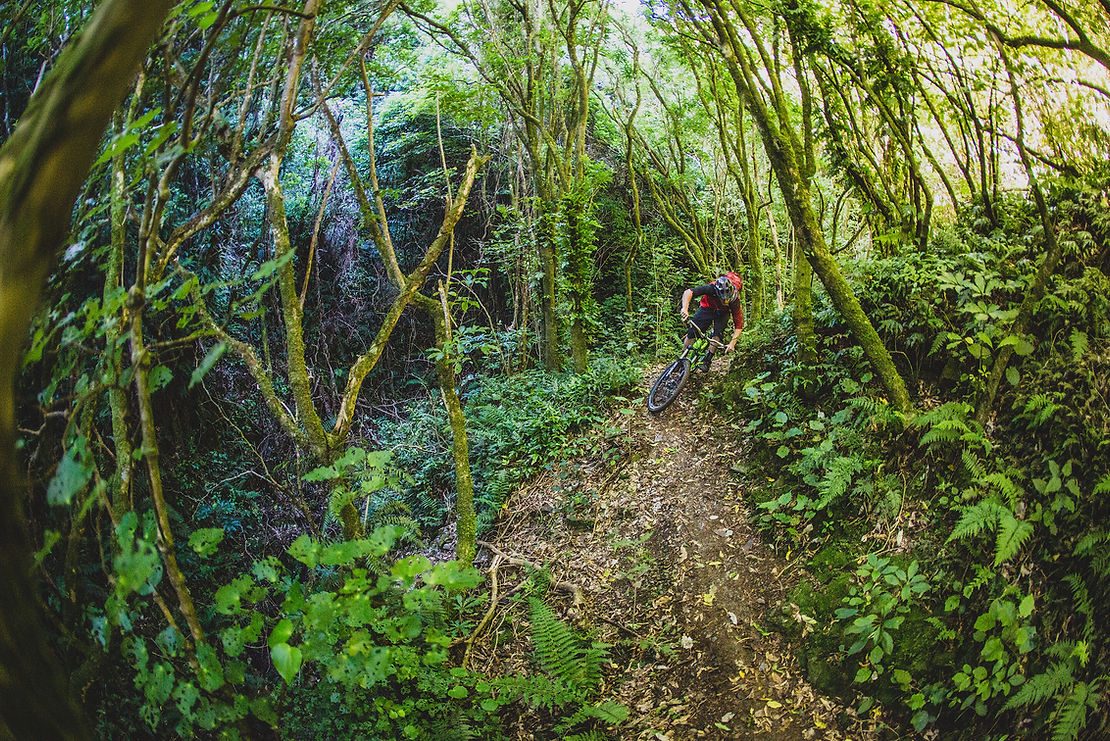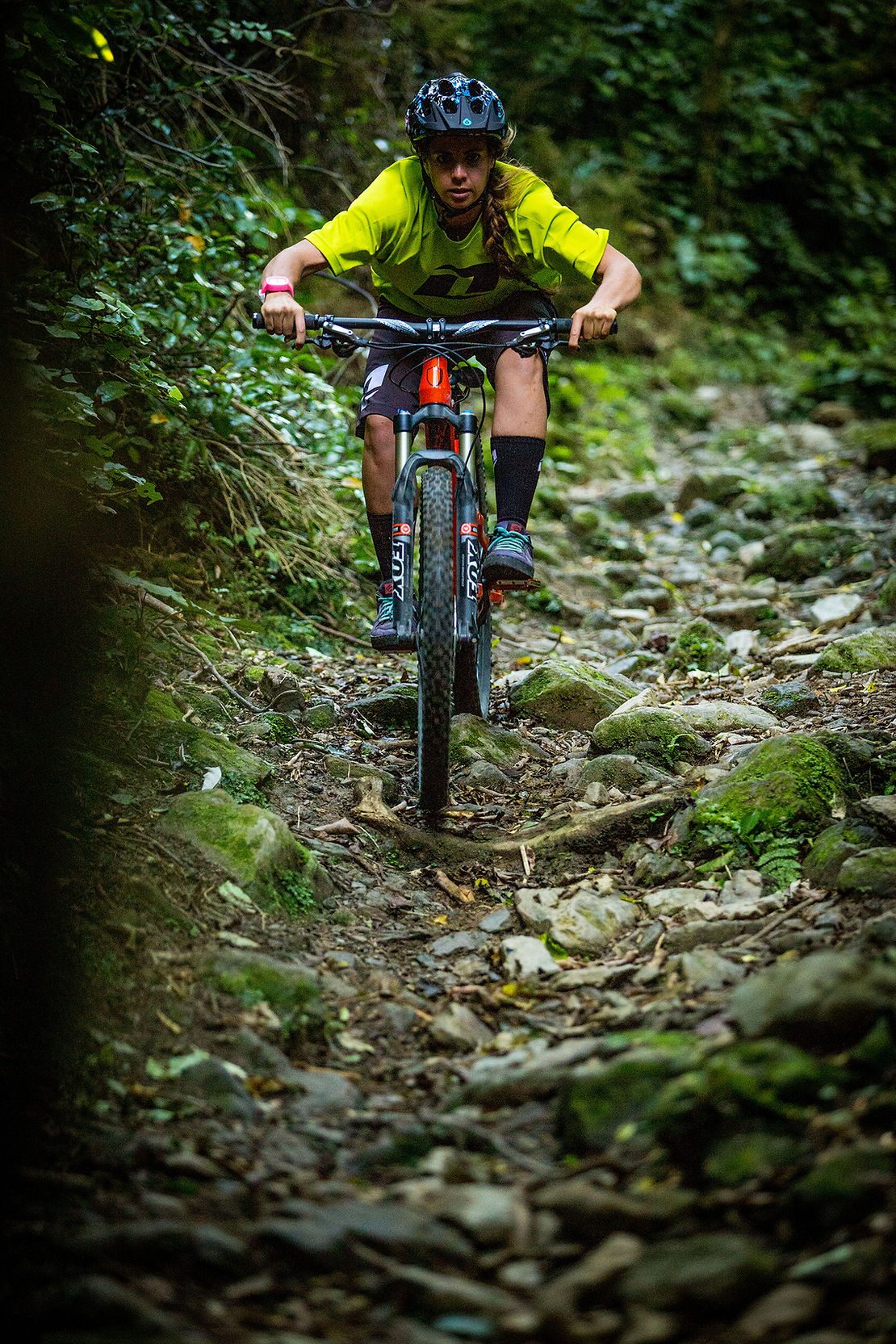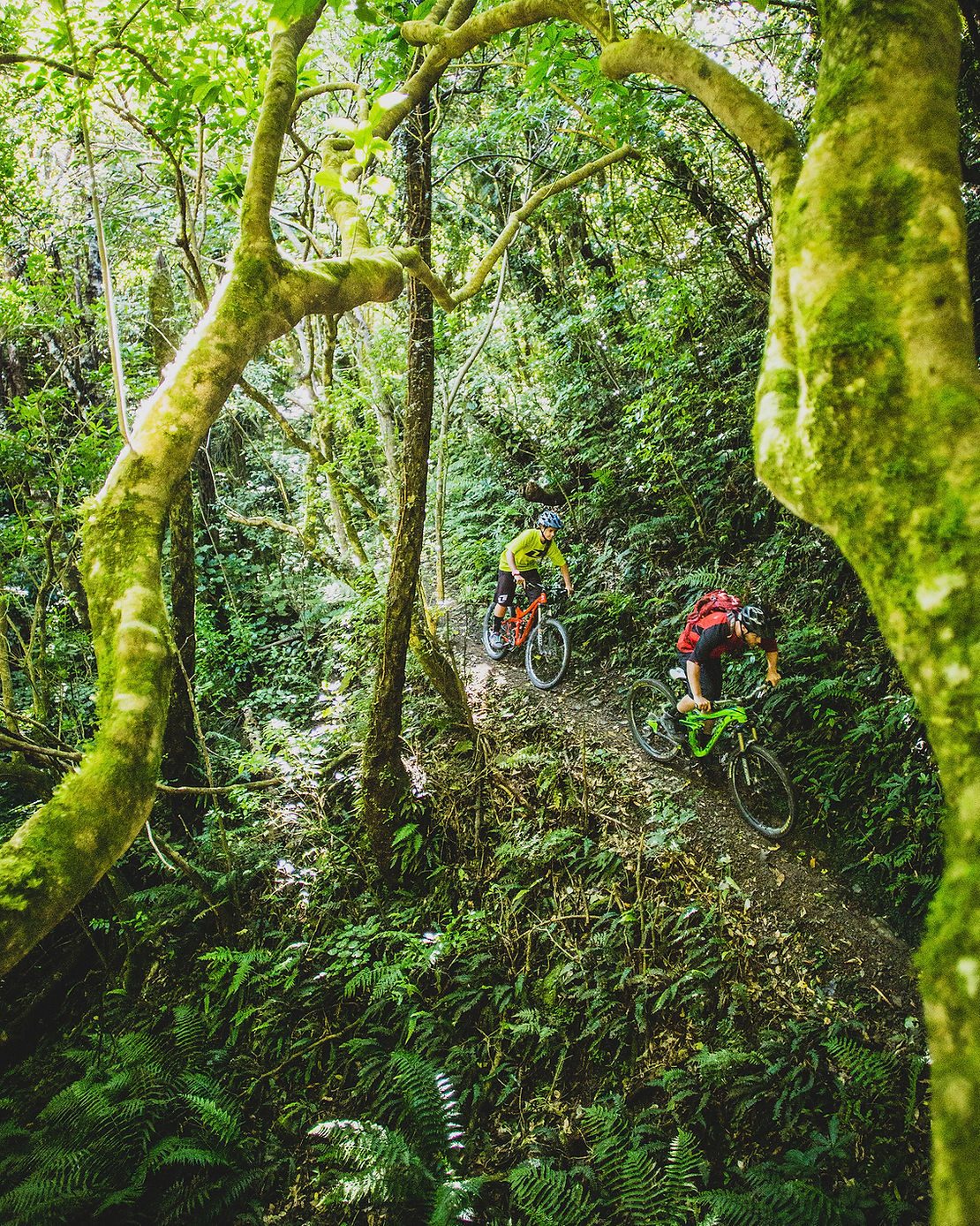Liberation. Release. Freedom. Since 1999, the aptly named singletrack has delivered all three sentiments, as well as a few dozen others, to hundreds of riders in Wellington, its surrounds and even much further afield. Located in dense bush, and rarely fully dry, Deliverance was the brainchild of an enthusiastic group of friends who loved mountain biking and wanted to contribute to its evolution in the Capital.

“I can still remember how it started,” says Tama Easton, who worked at the nearby Mud Cycles bike shop in the ‘90s and was one of the half dozen builders committed from the get go. “We peered down from Wright’s Hill to South Karori with the enthusiasm of explorers setting foot in fertile unchartered country. With little to no experience, but all the eagerness in the world, we set out to build a much-needed connection that we thought would be done in about three weekends.”
With machetes and shovels in hand, Mike Houghton aka Mudzy (the owner and namesake of Mud Cycles), Jono Baddiley, Tom Werry, Seth Blum, Ricky Pincott and Tama couldn’t wait to get stuck in.
“It was the start of a golden era in Wellington mountain biking,” says Jono. “It really felt like a turning point in those days – mountain biking was approved on Mount Victoria, Wellington hosted the World Cup XC and building at Makara Peak was underway, with three singletrack trails completed.”

Jono and Tama admit the crew didn’t know much about trail building at that point, but there was no lack of desire to learn. Even after it became apparent that completing the trail was going to take much, much longer – and require some proper tools – the eagerness didn’t wane.
“You get to a stage where you’ve committed so much time and effort that you don’t want to stop, you just can’t,” says Tama. “So we just kept pushing forward with this cheerful optimism that it would get done. We didn’t know any trail building theory but had a good rhythm going. We’d work out where the track was heading, tear into the dense bush and vines, someone would ride the new section, and if they deemed it “almost rideable” we could move onto planning the next section.”
When something wasn’t “almost rideable”, the crew would have a few goes to see if they were just having an off day. “There was this 8 metre shoot that we ended up calling Satan’s Crack, and after a few too many tries we decided it might actually kill people, so we chose an alternate line.” In reality, completing the build took about 18 months and on Easter weekend in 1999, Deliverance was declared open.
“By the time we went ‘right, this is done’, it was was deemed “rideable”, which meant we were sick of trail building and theoretically you could ride a bike from one end to the other,” says Tama.“Two weeks later James broke his arm on ‘The Chute’, starting a grand tradition of Deliverance chewing up and spitting out hapless riders. Luckily, Don McLeod came along and put hundreds of hours towards upgrading the trail to a more accessible level.”

Not that it doesn’t still spit out riders, hapless or not. “It was built to be a feral trail and 20 years later, it’s still feral,” says Jono. “It’s always an achievement to get all the way down without dabbing.”
As if to prove a point, at the 20-year anniversary event in early May – which was attended by dozens of Deliverance disciples – Ricky, who helped build the trail and has ridden it hundreds of times, broke his wrist and ankle. “What can I say? It keeps you on your toes… or breaks them.”
While breaking riders wasn’t his goal, Tama, who came up from Nelson for the anniversary, says it’s great to know so many riders have honed their skills on a trail he feels such a connection with. “You can tell that it’s still loved, still ridden and still feral in places – I bought my first full suspension bike with the intent to ride it, and I hope it’s inspired others to do the same.I would highly recommend taking part in trail building – whether it’s the full shebang or just a section. It’s pretty special to, 10-20 years later, say I helped make this and thousands of people have enjoyed it.”
Words: Meagan Robertson
Images: Mike Hopkins

